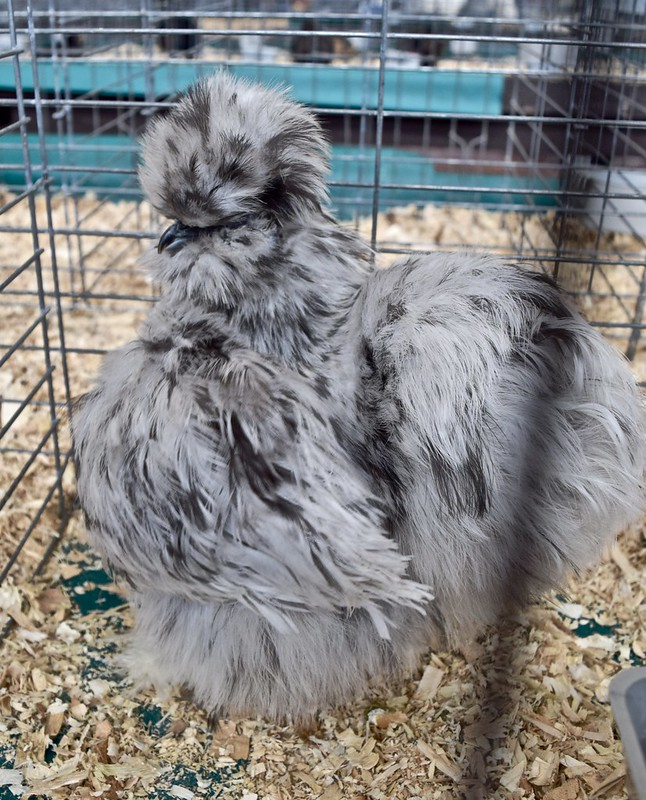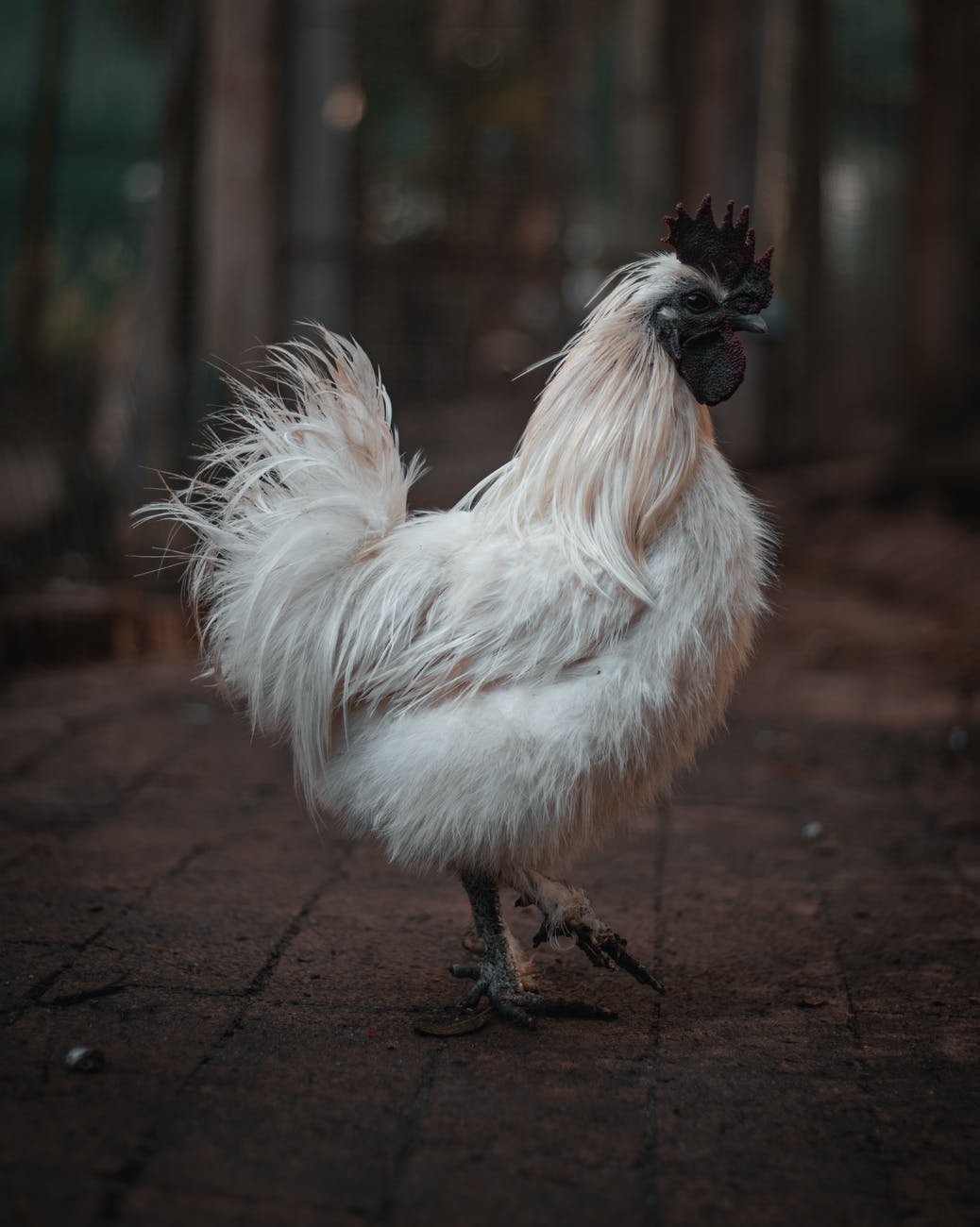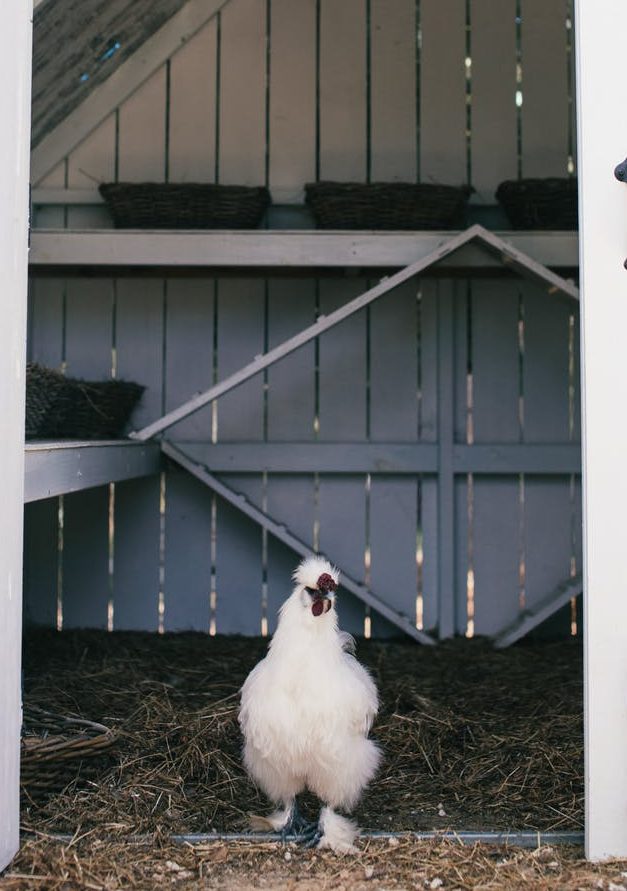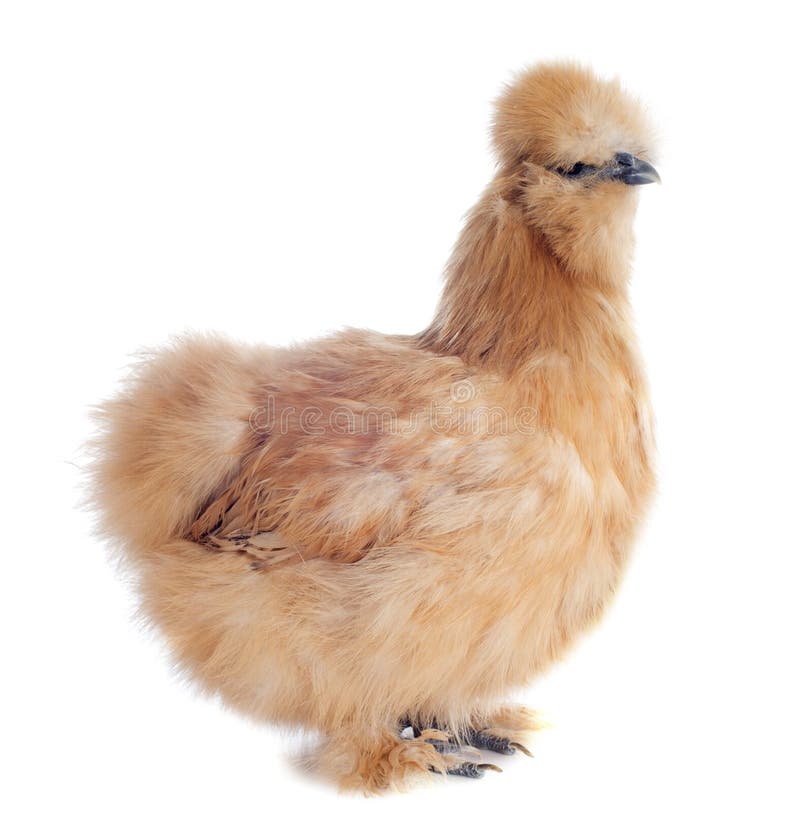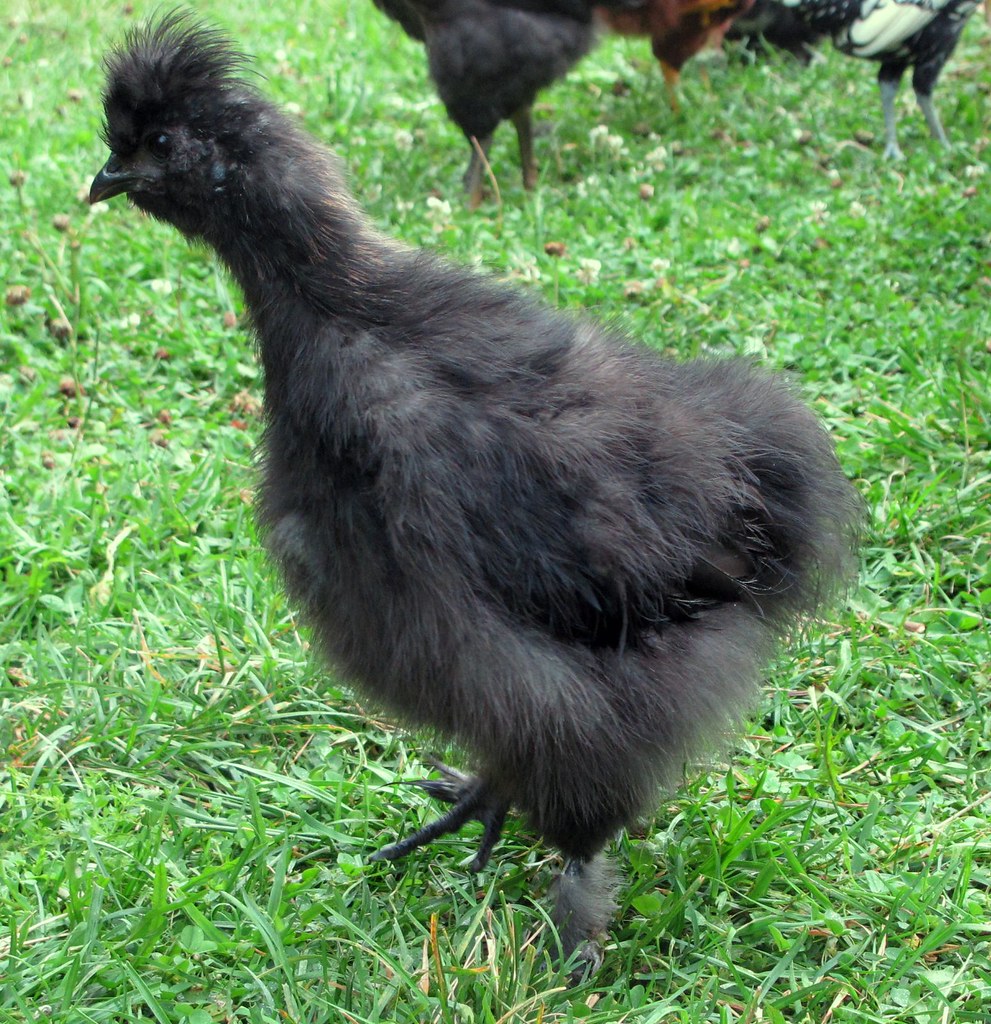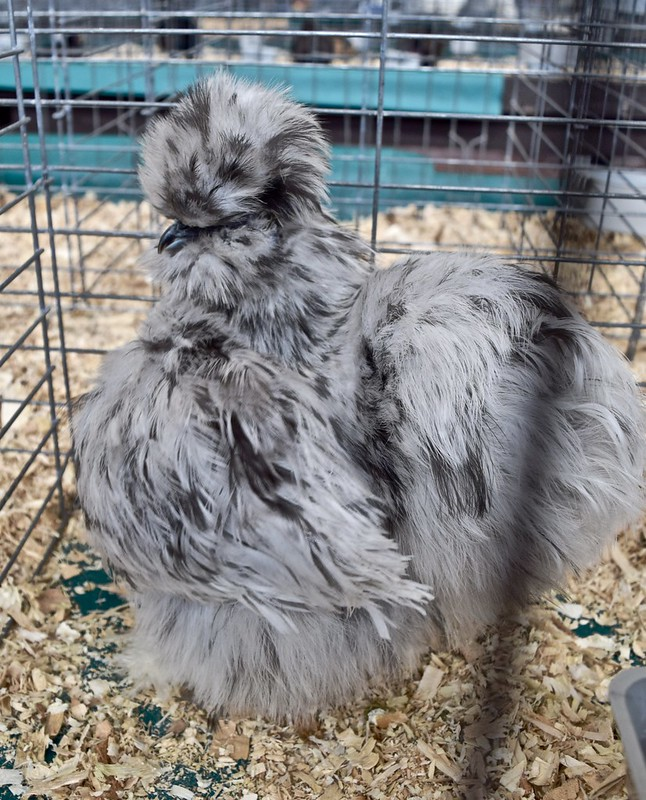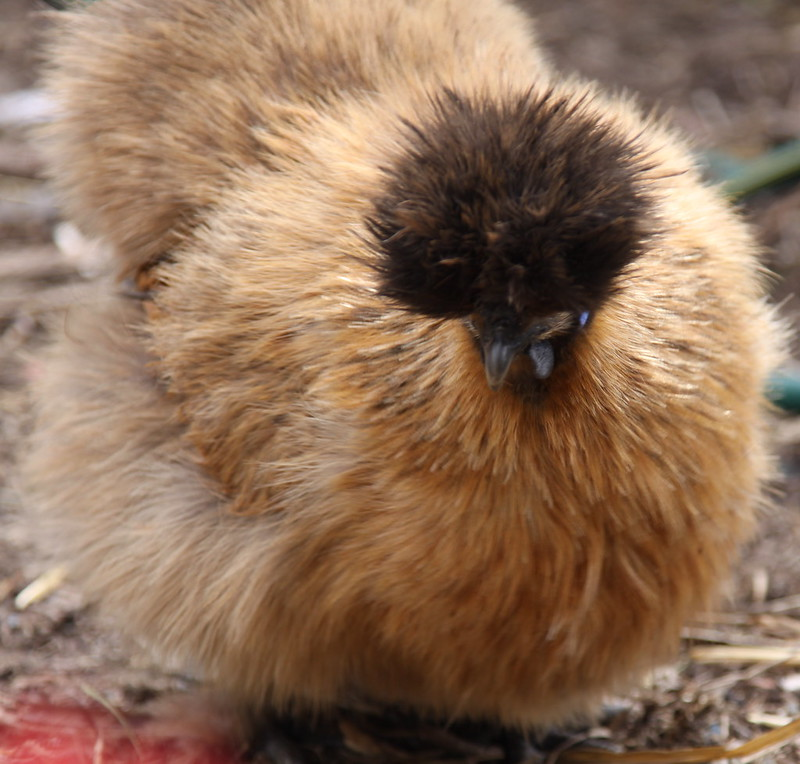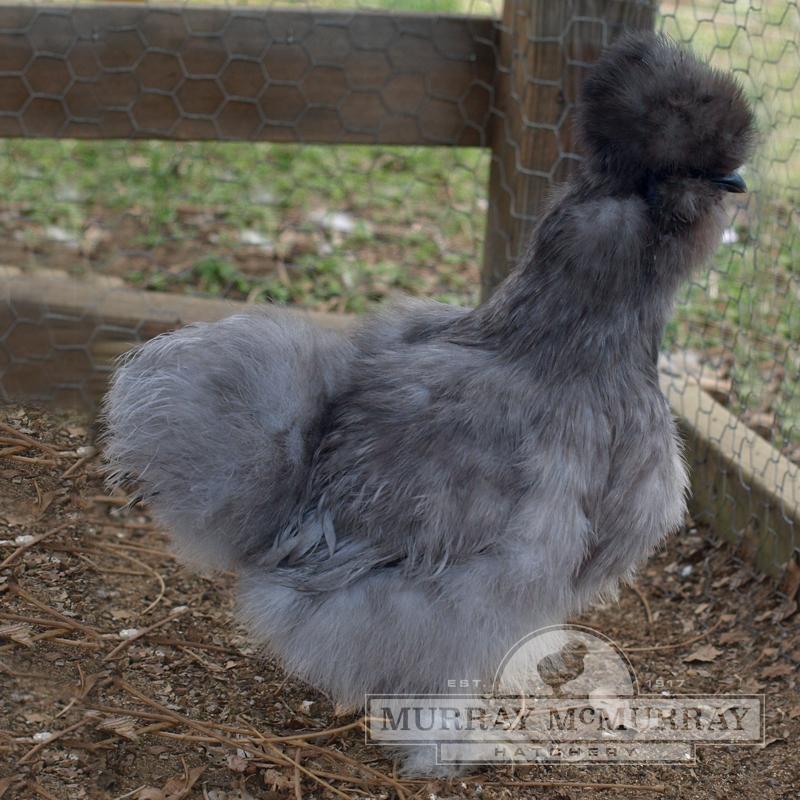If each of my pets were their own species…from the achooicus to the derpicus! The world is full of interesting animals – including those that live with us in our homes.
Also, I have to note that this is a satirical post – although it would be pretty cool to discover a new species!
Felis derpicus

Felis derpicus is a close relative of Felis catus. However, the derpicus is much larger and rounder. It is fluffier and derpier than any Felis catus. To have a happy Felis derpicus, you must have large quantities of boxes and bags, which the derpicus needs for shelter and amusement. Unlike Felis catus, the derpicus has almost no prey drive and evolved solely to play with hair ties and imitate a throw pillow. It occasionally thinks that it is a dog. You can always identify a derpicus by its signature throw pillow pose. When petted in this position it will flip upside down and make strange squeaking noises.
The stomachus is a domesticated canine similar to Canis lupus familiaris (dogs), but with one important anatomical difference. The Canis lupus stomachus has a stomach that extends into its cranium. The brain is merely a small cluster of neurons located at the entrance to the stomach. The stomachus can eat almost anything and spends every waking hour of its life searching for food. They are generally very friendly and cute, but it is all in hopes of obtaining food. The stomachus can be difficult to distinguish from the regular domesticated dog. The main means of identification is a food test – since the stomachus will eat anything, dangle the least appetizing item you have in front of its face (for example, a hairball or anchovies). If the specimen attempts to eat the item, it is likely a stomachus.
Canis lupus stomachus

Canis lupus achooicus
This canine is certainly very unique. It is much like the domesticated dog and the stomachus, but with a few key differences, especially in behavior. For one thing, the achooicus rarely ever barks. When excited, happy, or attempting to bark, it bares its teeth and sneezes violently while wagging its tail. The tail of an achooicus is long and curly, more like that of a cat. The achooicus loves meat, bagels, carrots, and running. It is a very loving species and may have sneezing fits every time you enter the room.


Gallus gallus flufficus
The Gallus gallus flufficus is a close relative of the chicken. However, the flufficus is much smaller and fluffier. They are completely flightless and have few if any survival instincts. They are adorable and friendly, however, and much smaller than most chickens. They like dried mealworms and wearing tiny bandanas.
Pogona insanis
The Pogona insanis is a type of bearded dragon that is slightly crazier and more insane than its fellow Pogona species. The insanis is much smaller and only has one eye. It will often jump off of high surfaces because it believes it can fly and will approach other household animals as if they are best friends, despite the potential for being eaten by said animal. The insanis loves being picked up and petted.

Could any of your pets be one of these new species?






































